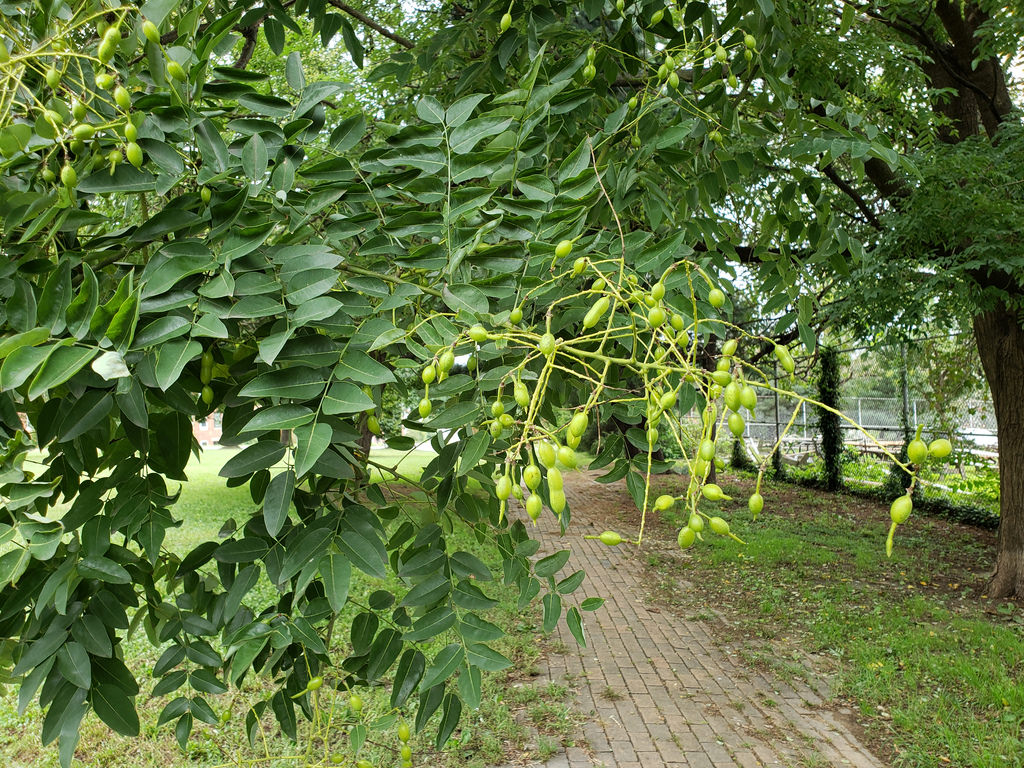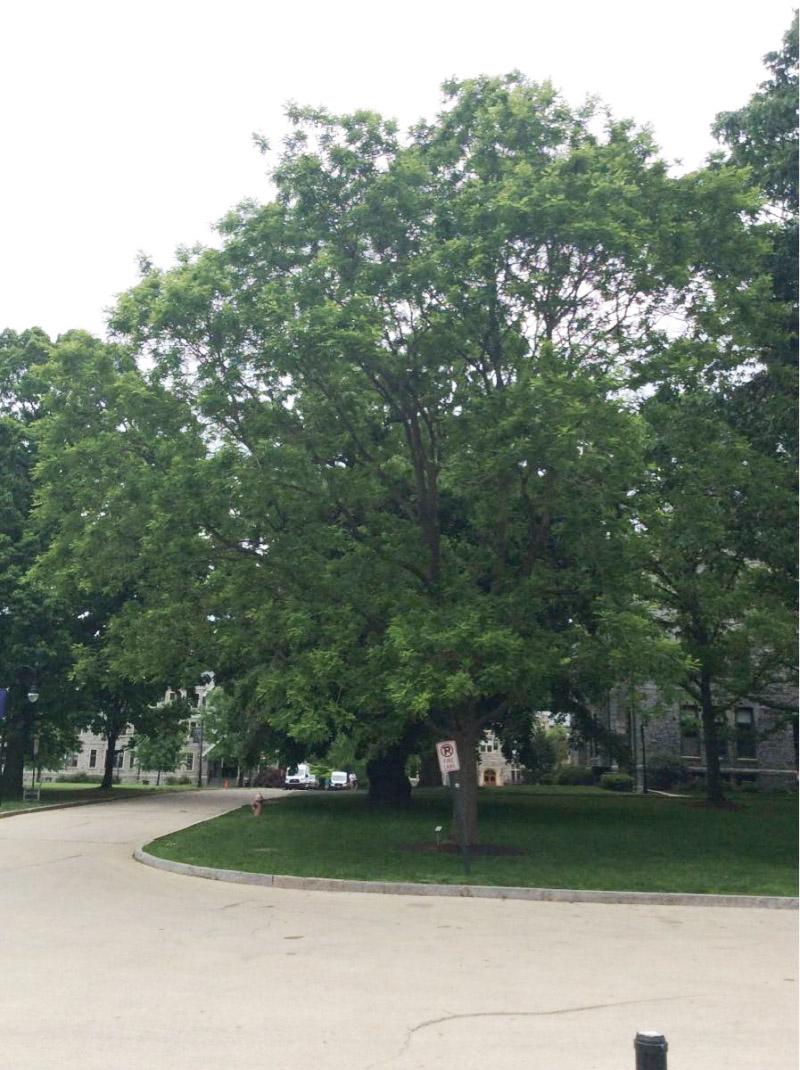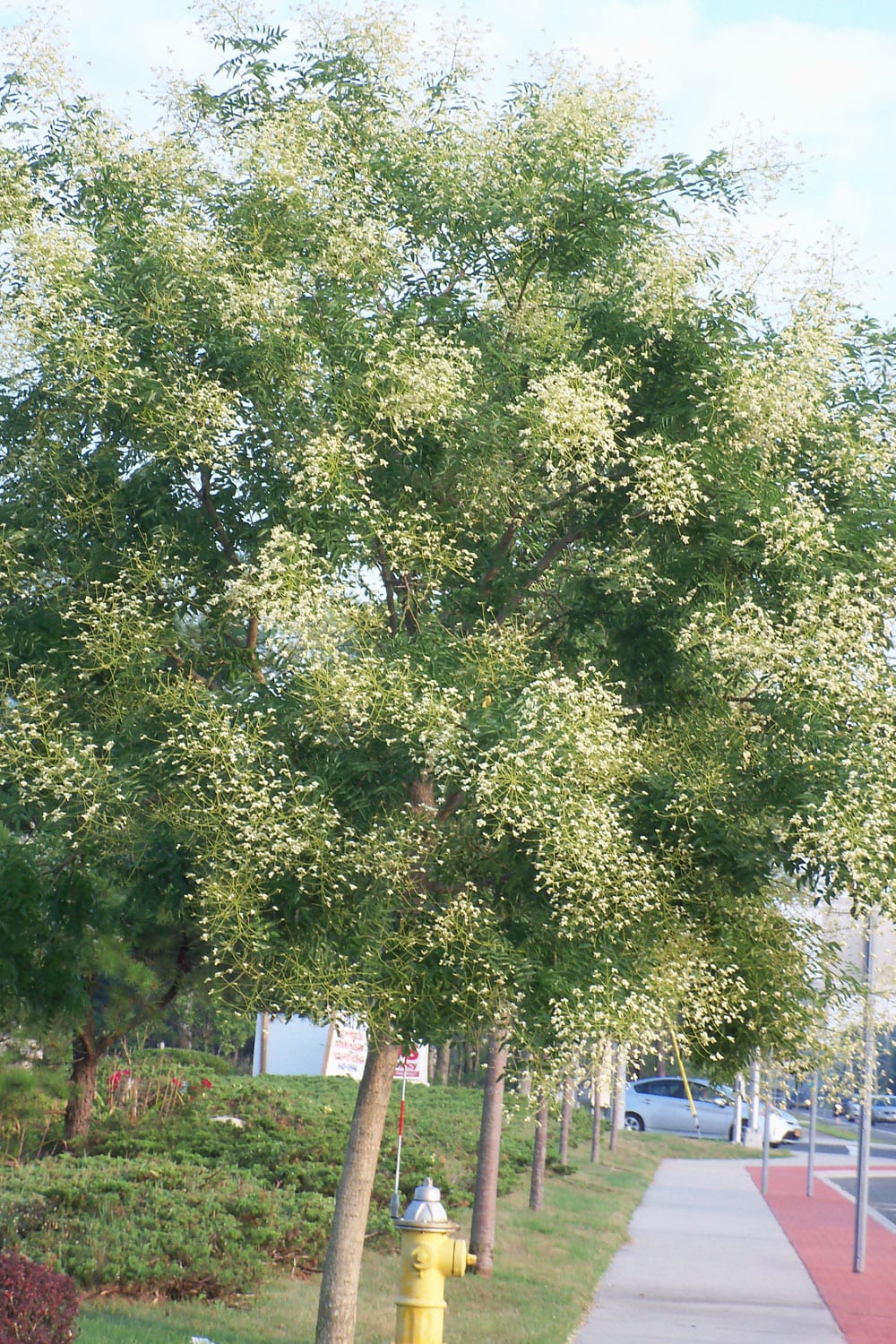japanese pagoda tree invasive
Foliage of Scholar Tree. It is hardy to -25F 317C.

Japanese Pagoda Tree News From Rockcliff Farm
Robert Vidéki Doronicum Kft.

. Japanese pagoda tree Styphnolobium japonicum is a Terrestrial species. Japanese pagoda tree Styphnolobium japonicum L Schott. Trees do best in areas with full sun or partial shade and moderate amounts of water.
Japanese Pagoda Japanese pagoda is a large deciduous tree native to China It is an upright forming a lacy canopy of dark green pinnate leaves. Fruits make very slippery ground when they fall. The pagoda flower isnt considered invasive or toxic.
New Invaders of the Southeast. The Japanese pagoda tree is often grown as a shade tree in lawns or on patios however flowers and seedpods often leave stains on pavement. A clusters of creamy white-green fragrant flowers appear in summer.
It is resistant to pests drought and pollution. Changes are coming March 2017. Atlantic and Gulf Coastal Plain AGCP.
Sophora japonica-- Scholar Tree Page 3 Other Figure 3. The Japanese pagoda tree is without a doubt a beautiful tree that you will want to add to your garden design if you have space and the patience to devote to the payoff that comes when it is ready. Pagoda dogwood is a native low-branched tree reaching a mature height of 15 to 25 feet and 20 to 32 feet in width.
Optimum conditions for growth. Tree has outstanding ornamental features and could be planted more Invasive potential. A Japanese pagoda tree also called Chinese scholar tree is perfect if you live in an urban setting are looking for a flowering shade tree or are planning a Japanese garden.
East Experiment Station East side. It is a medium to large deciduous tree that typically matures to 50-75 less frequently to 100 tall with a broad rounded crown. Its unique horizontal branching pattern has a distinct tiered habit.
Surface roots are usually not a problem Winter interest. Small tree with very bright yellow twigs in winter. No special winter interest Outstanding tree.
Just like many other trees on this lists Japanese Maple trees are prone to insect attacks. Seed pods appear in the summertime which can cause serious litter on the ground. Sophora japonica Where to Look.
Japanese Pagoda Tree Wild Sassafras Orn. This page lists tree and large shrub species native to New York City as well as cultivated invasive. In the United States the tree is by and large considered non-invasive.
Additionally ingesting parts of any plant may cause mild stomach discomfort. The Pagoda tree is capable of growing in all soil types although it grows best in well drained loamy soils and in full sun conditions. Mid-Atlantic Exotic Plant Management Team Invasive Plant List.
Seedpods of japanese pagoda tree. However it can grow quickly and may crowd out other plants. Mid-Atlantic Coastal Plain regions.
Styphnolobium japonicum L Schott previously. Remaining of. Japanese Pagoda Heritage Tree.
Styphnolobium japonicum commonly called Japanese pagoda tree or Chinese scholar tree is native to China and Korea but not Japan. While Japanese Maple trees can die from numerous insect attacks the main one you have to worry about is the Japanese Beetle. Little if any potential at this time Ozone sensitivity.
Robert Vidéki Doronicum Kft. National Park Service National Capital Region Exotic Plant Management Team Invasive Plant List. See it on the map.
Native geographic location and habitat. The first specimens seen in the west were gained from Japanese sources in the 1750 s hence its classification as a Japanese tree. Instead of 10 free articles enjoy 30 1 per day with login.
If the weather drops below 20 degrees Fahrenheit expect your Japanese Maple tree to potentially become harmed and. Despite its name the Japanese pagoda tree is native to China and was introduced to Japan where it is commonly found on the grounds of Buddhist temples. It is native to the northern portion of the eastern United States.
This map identifies those states that list this species on their invasive species list or law. It is generally cultivated for its attractive compound foliage and fragrant. Bright yellow leaves emerge in spring giving way to a deep green color.
The domestication of this tree makes it difficult for it to survive without human care. MeadowbrookWe-Du Natives Klehms Song Sparrow Perennial Farm. Attracts birds pollinators or wildlife.
For over two centuries this tree was given the name Sophora japonica but the four species were removed from that genus because they lacked the ability to fix nitrogen as do other species of Sophora.

Styphnolobium Japonicum Landscape Plants Oregon State University
Monticello Park Plants Japanese Pagoda Tree

A Japanese Pagoda Tree Sophora Japonica L Planted In A Roadside Download Scientific Diagram
Japanese Pagoda Tree Becoming Popular In U S Cities What Grows There Hugh Conlon Horticulturalist Professor Lecturer And Gardener
Japanese Pagoda Tree Becoming Popular In U S Cities What Grows There Hugh Conlon Horticulturalist Professor Lecturer And Gardener

Maryland Biodiversity Project Japanese Pagoda Tree Styphnolobium Japonicum

Japanese Pagoda Tree News From Rockcliff Farm

Sophora Japonica Pendula Fast Growing Shade Trees Shade Trees Garden Trees

Styphnolobium Japonicum Landscape Plants Oregon State University

Japanese Pagoda Tree Plant Care Growing Basics Water Light Soil Propagation Etc Plantin

Japanese Pagoda Tree Styphnolobium Japonicum Bryn Mawr College

Japanese Pagoda Tree News From Rockcliff Farm

Japanese Pagoda Tree News From Rockcliff Farm

Japanese Pagoda Tree Styphnolobium Japonicum Fabales Fabaceae 5396099

Pin By Danica Newell On Plant Life Japanese Pagoda Tree Seeds Tree

Styphnolobium Japonicum Landscape Plants Oregon State University

Japanese Pagoda Tree News From Rockcliff Farm

Japanese Pagoda Tree Styphnolobium Japonicum Fabales Fabaceae Leguminosae 5539402
